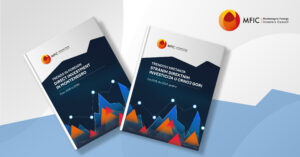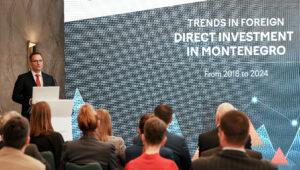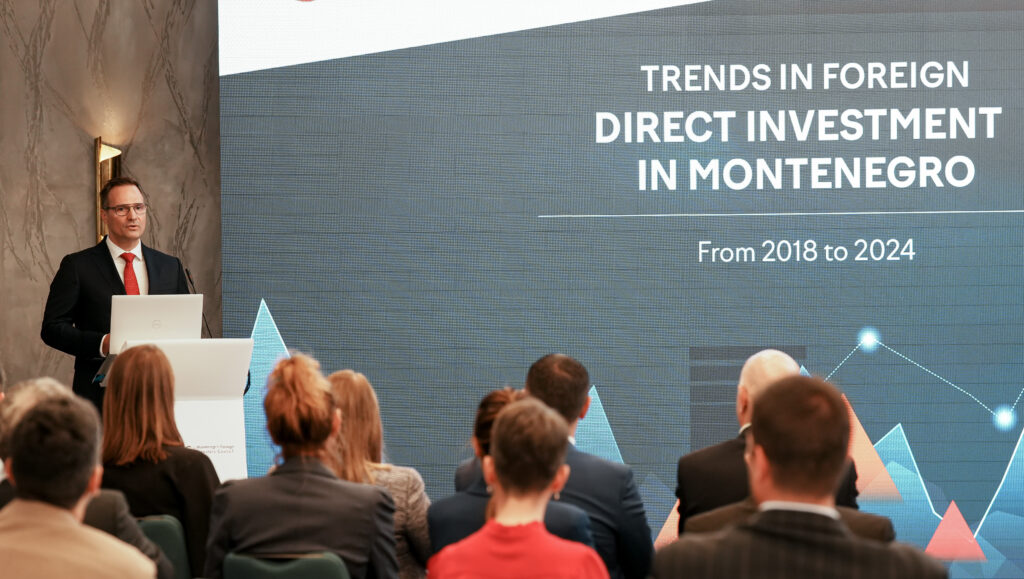At the regular annual assembly of the Montenegrin Foreign Investors Council, a report was presented on the trends in foreign direct investment (FDI) in Montenegro for the period from 2018 to 2024. The author of the report is economic analyst Mr. Mirza Mulešković, and the key findings were presented by the President of the Council’s Board of Directors, Tamás Kamarási. In addition to providing an overview of FDI during the specified period, the report offers a broader context that has influenced investor decision-making.

According to the data presented, total net FDI inflows in 2024 increased by 13% compared to the previous year but remain approximately 40% below 2022 levels. At the same time, a concerning shift in the structure of investment was noted – while in 2021 over 31% of FDI was directed toward the banking sector and the real economy, in 2024 that share fell to just 12.8%. Meanwhile, the share of investment in the real estate sector has significantly increased. As emphasized in the report, while such investments are welcome, they cannot generate the same level of productivity and long-term economic growth as investments in companies and production capacities.
The report notes that these trends are partly the result of global factors such as inflation, geopolitical tensions, and the slowdown of major world economies. However, domestic issues also play a significant role, including political instability, frequent and unpredictable legislative changes, a lack of strategic direction, and insufficient institutional efficiency.
One of the key challenges limiting sound planning and effective management of investment policies is the absence of a developed system for tracking FDI by sector. Unlike other countries in the region, Montenegro still lacks a comprehensive and precise model for monitoring investment by economic branches. This severely hinders trend analysis, the identification of high-potential sectors, and the creation of targeted policy measures.
A clear classification of investments by sector would provide valuable insight into how much of FDI is directed toward productive activities, and how much into short-term placements such as real estate. Such a database would help answer the key question of which sectors are attracting foreign investors and which are being overlooked. It would also enable relevant comparisons with countries in the region, offering a clearer picture of Montenegro’s competitive advantages and areas for further improvement.

The MFIC emphasizes that the report was created out of the need to assess the experiences and potential of investment flows in Montenegro, despite the challenges and changes that have marked the past six years. The data collected and trends analyzed may serve as a foundation for building a more stable and competitive business and investment environment.
You can view the report at the following links:



